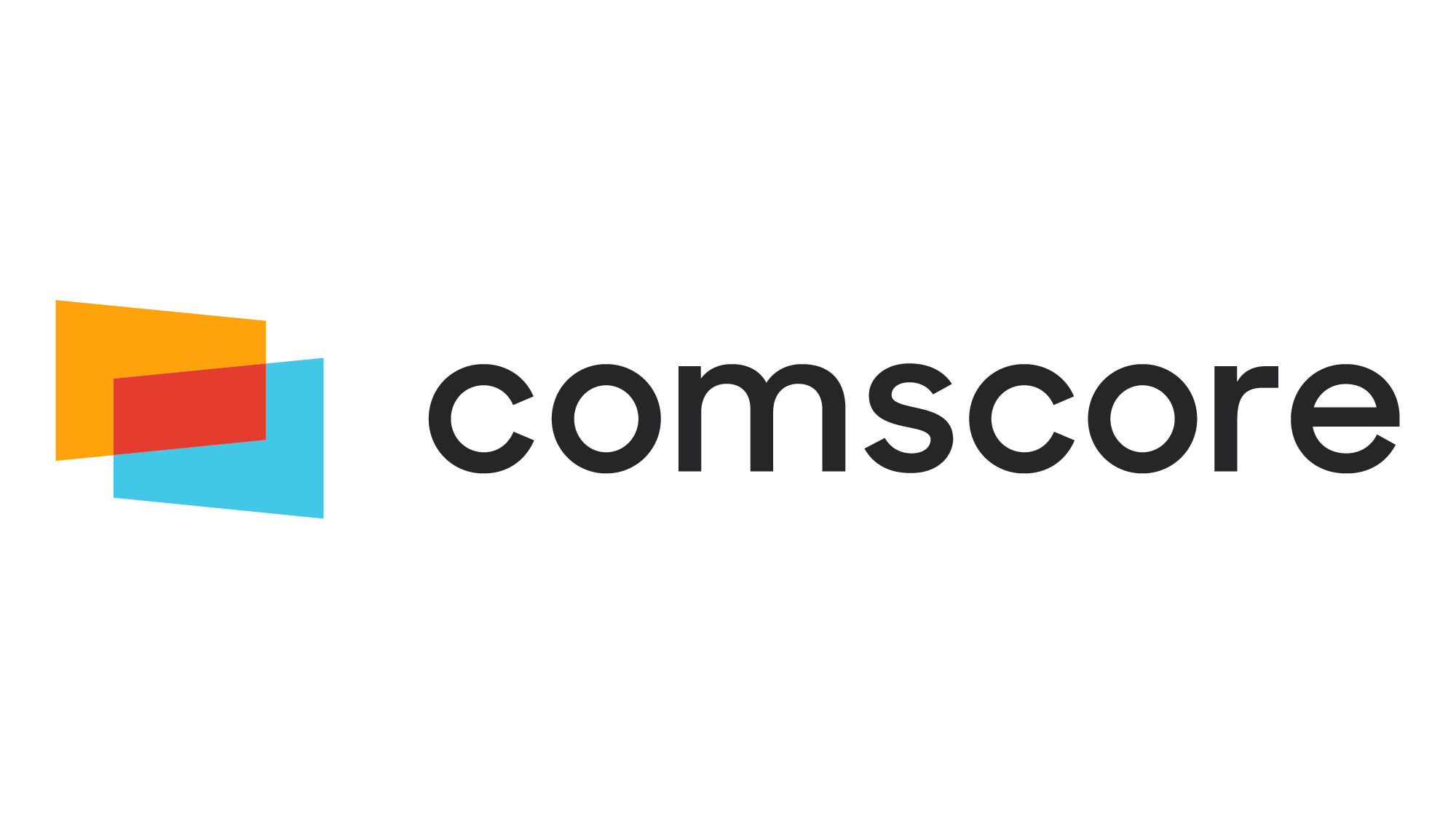Comscore Adopts New Methodology for Person-Level Measurement
Drops panel data from Nielsen personal people meters

Comscore said it is adopting a new big-data methodology for determining person-level measurement within households.
The new approach means Comscore will no longer depend on data from a sample group of consumers wearing pager-like personal people meters.
Nielsen acquired the personal people meter technology when it bought rival measurement company Arbitron in 2013. As part of an agreement with the government, Comscore, another competitor, was allowed to continue to use the PPM technology for measuring TV viewing.
Nielsen has been under fire for undercounting viewing during the pandemic. It lost the accreditation for its national TV ratings service in part because it wasn’t able to manage the panel of sample homes it uses to estimate viewing behavior.
By eliminating its reliance on the personal people meter sample, “our customers will never have to deal with what they dealt with in the last year. Massive irregularities and wrong numbers,” Comscore CEO Bill Livek told Broadcasting+Cable. “We’re the future. They’re the past.”
Also Read: VAB Launches Measurement Task Force; NBCU Signs On
Comscore’s new way of estimating viewers starts with the data it gets on viewing within millions of households from cable return path data and smart TV sets. Based on information it has about the number of people in each household, and their ages and genders, it is able to estimate how many people are in front of each TV set or streaming device on a second-by-second basis.
Broadcasting & Cable Newsletter
The smarter way to stay on top of broadcasting and cable industry. Sign up below
“It represents another major step in Comscore’s independence from third-party legacy solutions that are failing and more directly aligns with our cross-platform vision,” said David Algranati, chief product officer, Comscore.
“Our Analytics and Innovation teams have been conducting R&D on potential solutions for a new and improved personification method for several years. Comscore’s personification will be a proprietary blend of data sources that will evolve alongside other methodology components, adhering to our principle of using the best-in-class data assets for each segment of the media landscape,” Algranati said.
“We wanted to develop an approach for co-viewing that measures how many people are in front of the big screen that could be used across all types of content distribution--whether that be over-the-top, learn television or cross platform,” added Chris Wilson, Comscore’s chief commercial officer.
“It needed to be future-proof from a privacy perspective and we wanted it to be passive, so that it leverages the scale of data we have today and can be applied across all of our services,” Wilson said.
Comscore has been testing the new system and discussing it with media buyers and sellers. It will be available in the fourth quarter as a part of some of its TV measurement products,” Wilson said. It will be incorporated into the OTT component of the Comscore Video Metrix Multi-Platform product, as well as cross-platform solutions, specifically Comscore Campaign Ratings and Xmedia Enhanced.
Additional products will use the new approach in the future.
The new methodology can be used to provide the traditional age and sex viewing demographics that advertisers and media buyers have long relied on. But Wilson said that isn’t Comscore's focus at this point. “We believe the market is moving very quickly from age and gender targeting to more consumer based targeting. This would just further enhance that.”
Comscore’s new methodology eventually will be presented to the MRC for audit and accreditation. Comscore recently asked the MRC to accelerate the process leading up to accreditation of its TV measurement products. “Our focus with the MRC right now is with our traditional household based viewing measurement. That’s the first step,” Wilson said.
Jon has been business editor of Broadcasting+Cable since 2010. He focuses on revenue-generating activities, including advertising and distribution, as well as executive intrigue and merger and acquisition activity. Just about any story is fair game, if a dollar sign can make its way into the article. Before B+C, Jon covered the industry for TVWeek, Cable World, Electronic Media, Advertising Age and The New York Post. A native New Yorker, Jon is hiding in plain sight in the suburbs of Chicago.

